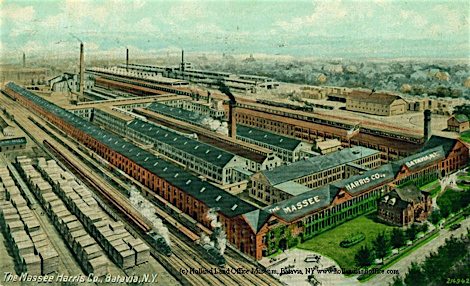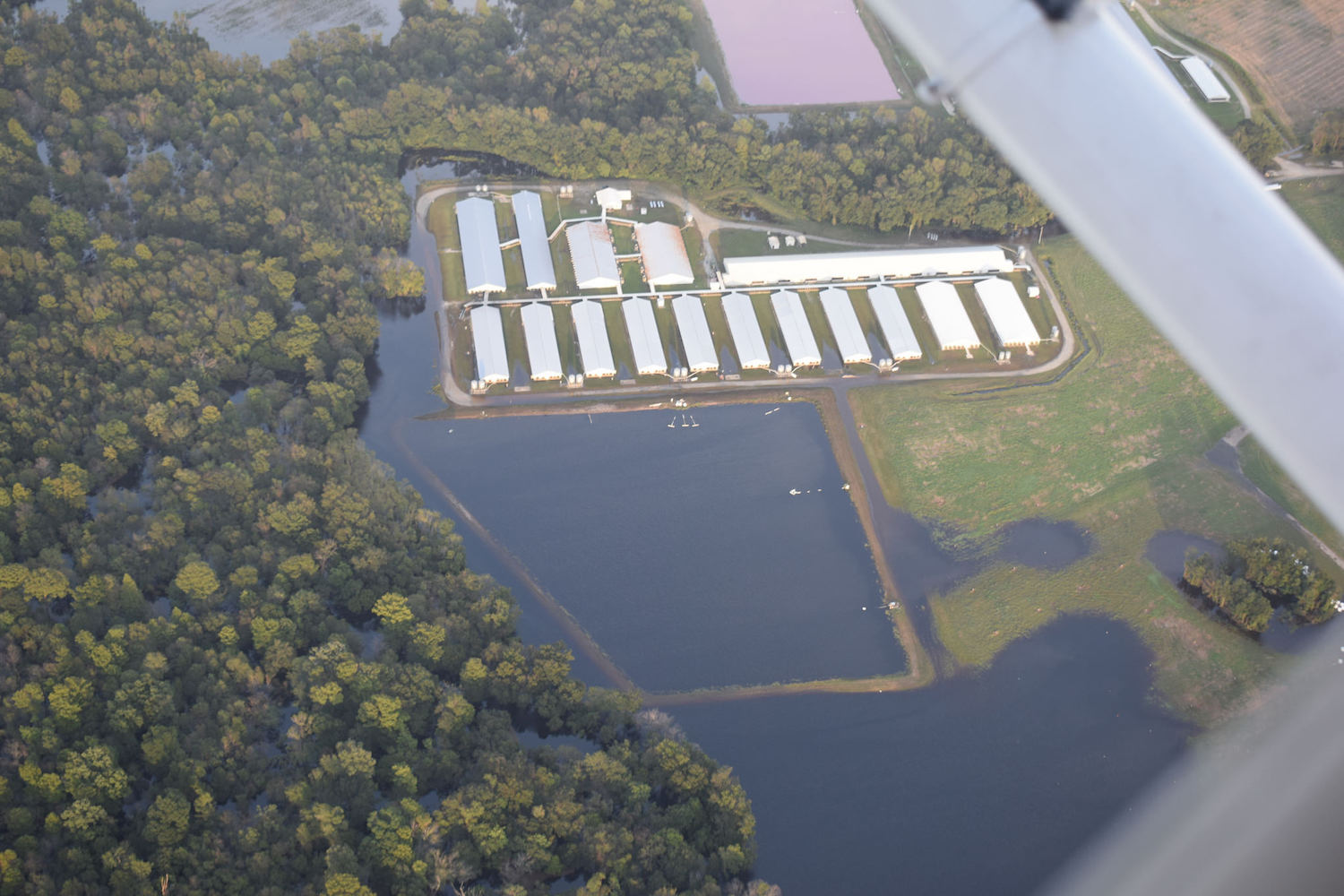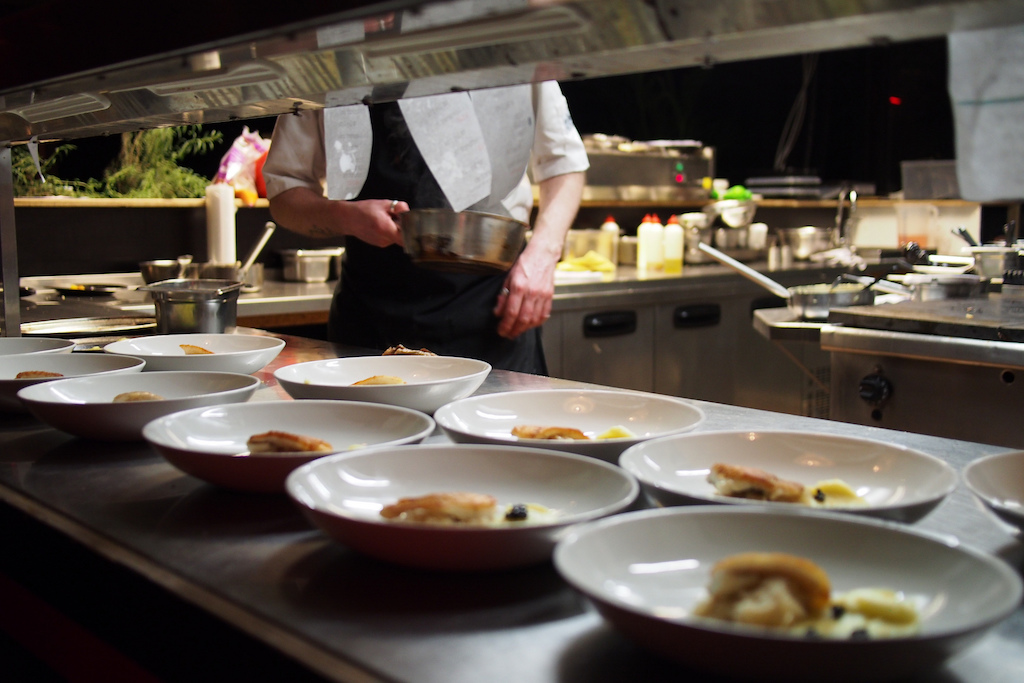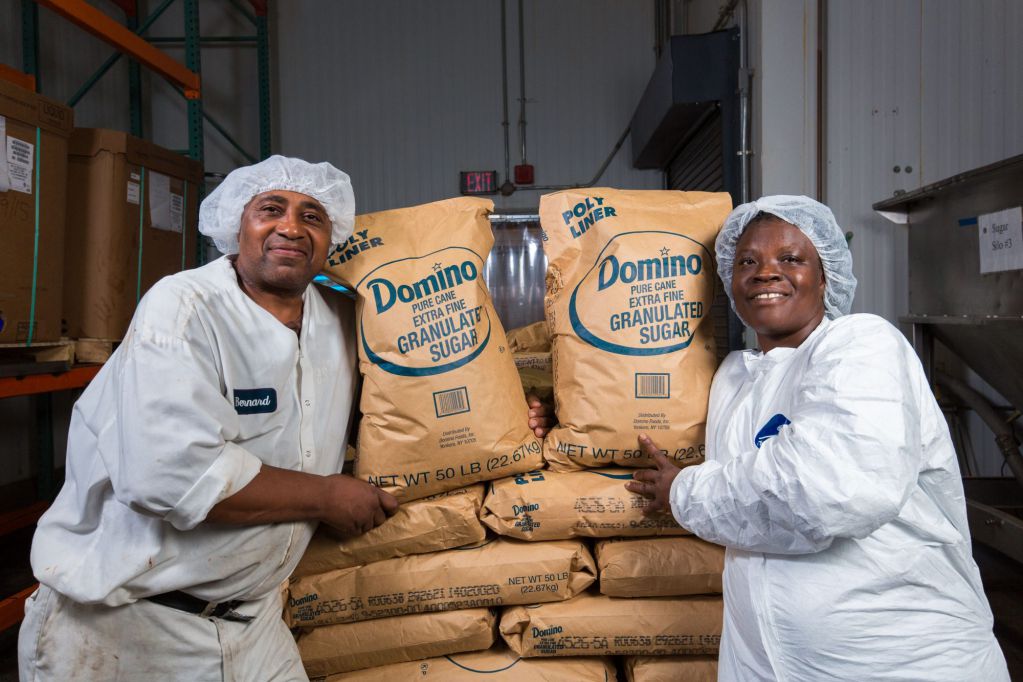
Holland Land Office Museum
The word “incubator” appears so often alongside the words “food” and “startup” these days, it’s easy to forget that food incubators are a relatively new phenomenon in the history of the model. But that history is worth knowing, and not just because it’s peppered with fascinating milestones. The incubator revolution tells us a whole lot about how American small business has responded to economic and cultural change over the years.
Most academics who study this phenomenon agree they have come in three generations: The first in the mid-50s, when the manufacturing sector was struggling to produce at its previous scale; the second in the 70s and 80s, as the energy crisis and bleak economic prospects spurred political interest in entrepreneurship; and the third (which, appearances aside, is probably in its final stages) in the 90s and 00s during the tech boom and the Great Recession.
In each generation, incubators have been a municipal—and sometimes political—attempt to catch up with or clean up after a major cultural or economic shift.
“[Incubators] are definitely a response to economic catastrophe in a local community,” says Alejandro Amezcua, a professor of entrepreneurship at Syracuse University’s Whitman School of Management. “A factory shuts down and the city responds by creating an entrepreneurship center. When the federal government closed a bunch of military bases in the 90s, a lot of those communities ended up having a business incubator created as a response. But also, incubators are often playing catch-up to industry. So when you get a new technology or a new industry that’s being generated, usually communities will create an incubator to try and attract those entrepreneurs to their location.”
First generation: Real estate
 NBIA
NBIA Joe Mancuso
In the beginning, incubators weren’t so much about helping entrepreneurs. They were about filling space—a whole lot of abandoned manufacturing space. The National Business Incubation Association says the country’s first incubator was founded (and the term “incubator” coined) in Batavia, New York. In 1956, Massey-Ferguson, a farm equipment manufacturer and the city’s primary industrial center closed, leaving an 850,000-square-foot complex empty and 20 percent of the city’s population unemployed.
According to NBIA lore, the family of a local hardware store manager, Joe Mancuso, purchased the space and tasked him with recruiting a tenant. After that proved impossible, Mancuso thought to divide the space instead, and rent it to multiple businesses that needed access to shared office services and assistance raising capital. Among the first tenants were a winery, a charitable organization, and…a chicken company. The idea of hatching baby chicks and keeping them warm seemed to resonate, and the name “incubator” eventually stuck.
After five years, what was eventually named “The Batavia Industrial Center” had reached capacity and produced thousands of jobs.
Second generation: Research
The Batavia Industrial Center was a first-generation incubator model, forged from economic catastrophe and driven largely by real estate needs. Second-generation incubators were also born from bleak economic conditions, but were bolstered by support from the federal government for innovation—the kind that exploded out of university-based research programs.
It’s in this second generation that we get a glimpse of future food businesses to come, and the legislation enacted to protect and commercialize the innovations that inspired them. Lou Cooperhouse is director of the Rutgers Food Innovation Center, a business incubation and economic development accelerator program. He says the research done in many early incubator models served big businesses but wasn’t necessarily focused on developing smaller ones.
“If you’re looking at the origins of food incubation…universities really had pilot plants, typically affiliated with food science departments, that were doing mostly process validation work for large companies and didn’t offer any business expertise.”
In 1973, the National Science Foundation launched the Industry/University Cooperative Research center to develop and invest in partnerships between industry and academia. Its aim was to encourage development of new technologies in existing businesses and inspire new startups.
By 1980, there were 12 of these second-generation business incubators in the United States, most of them university-based. In December of that year, a significant piece of legislation was enacted that both protected and helped to commercialize the technologies developed in university incubators.
The Bayh-Dole Act, sponsored by Senators Birch Bayh and Robert Dole, was designed to solve an odd problem that had arisen in federally funded research programs. The programs were generating plenty of potentially useful new ideas, but the federal government owned the patent on everything it paid for, and the federal government was terrible at turning ideas and discoveries into products and businesses.
Bayh-Dole permitted federal fund recipients to patent their discoveries and license them to businesses that would make use of them. The “technology transfer” movement, in which universities licensed inventions to businesses, including small companies started by the professors who had made the original discoveries, was a direct result. Most historians feel that the innovation growth spurt it created sent us into the third incubator generation.
Third generation: Rapid growth
The Internet both solved and created problems for the next generation of incubators, in part because the tech boom resulted in so many startups and shutdowns in such a short time. The NBIA notes in its Business Incubation Timeline that the dot-com bubble was responsible for the public’s perception of incubators as producers of “Death Stars.”
During the third generation, sometime around the mid-00s, business accelerators entered the scene, adding rapid growth and shorter program timelines (between three and six months) to their development agendas for burgeoning businesses. It’s easy to confuse these with incubators, though they are relevant at different points in the life cycle of a business. Here’s how they differ:

Post-“Death Star,” pre–fourth generation
How did small food businesses become the next best kind to incubate? Some experts think cultural interest in local, artisanal food in combination with Silicon Valley’s food-tech startup obsession fueled the growth of food incubators. Others think that after the last recession, rampant unemployment encouraged people to consider passion-driven entrepreneurial ventures, and those ventures required incubators.
Regardless of the trend’s origin, early-stage food makers have always needed space in which to make food. Incubators provide that space, often at low cost, and often with accompanying mentorship and support services. In some ways, perhaps the surge in food incubators was driven largely by food makers themselves.
Cooperhouse says, before incubators, there were two models: shared commercial kitchens and business development services. They didn’t exist in the same space.
“You know, there’s an awful lot of commercial kitchens out there, hundreds of them, across the country, that are places where you can manufacture products in an FDA-inspected facility but don’t offer the level of professional services, don’t have the right kind of equipment to enable any sort of scale-up manufacturing; historically, don’t have much funding to really support sustainability. And frankly, many of them historically didn’t embrace some of the best practices in food safety. So neither one of them was really an effective model for all those reasons—you know, the combination of the equipment and sanitation and facilities, but really supported by services and a business with marketing, technology, and all those aspects.”
The current generation of food incubators seem to be meeting those needs. But what would a fourth generation look like?
“I think we’re going to see a lot of hybrid models being created where you’re going to have incubators and accelerators co-located,” says Amezcua. “One of the challenges has been that accelerators are excellent at getting people started but they’re not places that sustain people for the long term. And incubators are great at providing long-term support but they haven’t been very good at churning companies out. I think there’s going to be a lot more coordination between those two models of support for entrepreneurs.”
Future models hinge, of course, on the pace of innovation and the stability of our economy. But maybe there’s an opportunity for future incubators to do more than play catch-up or clean-up. As the industry grows and metrics and data collection become best practice, we’ll likely be looking less at whether we need incubators and more at whether the ones we have actually work.










